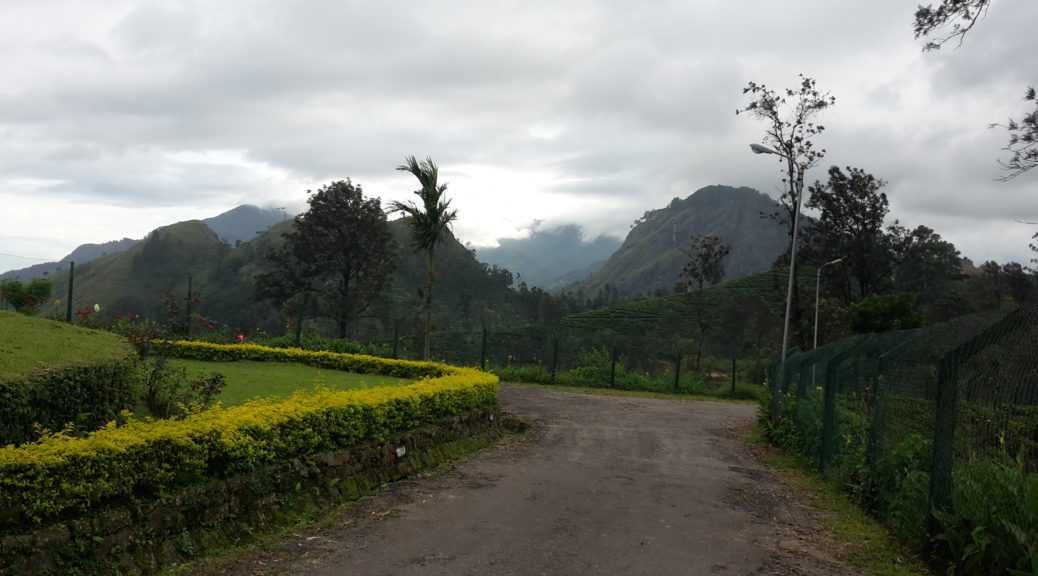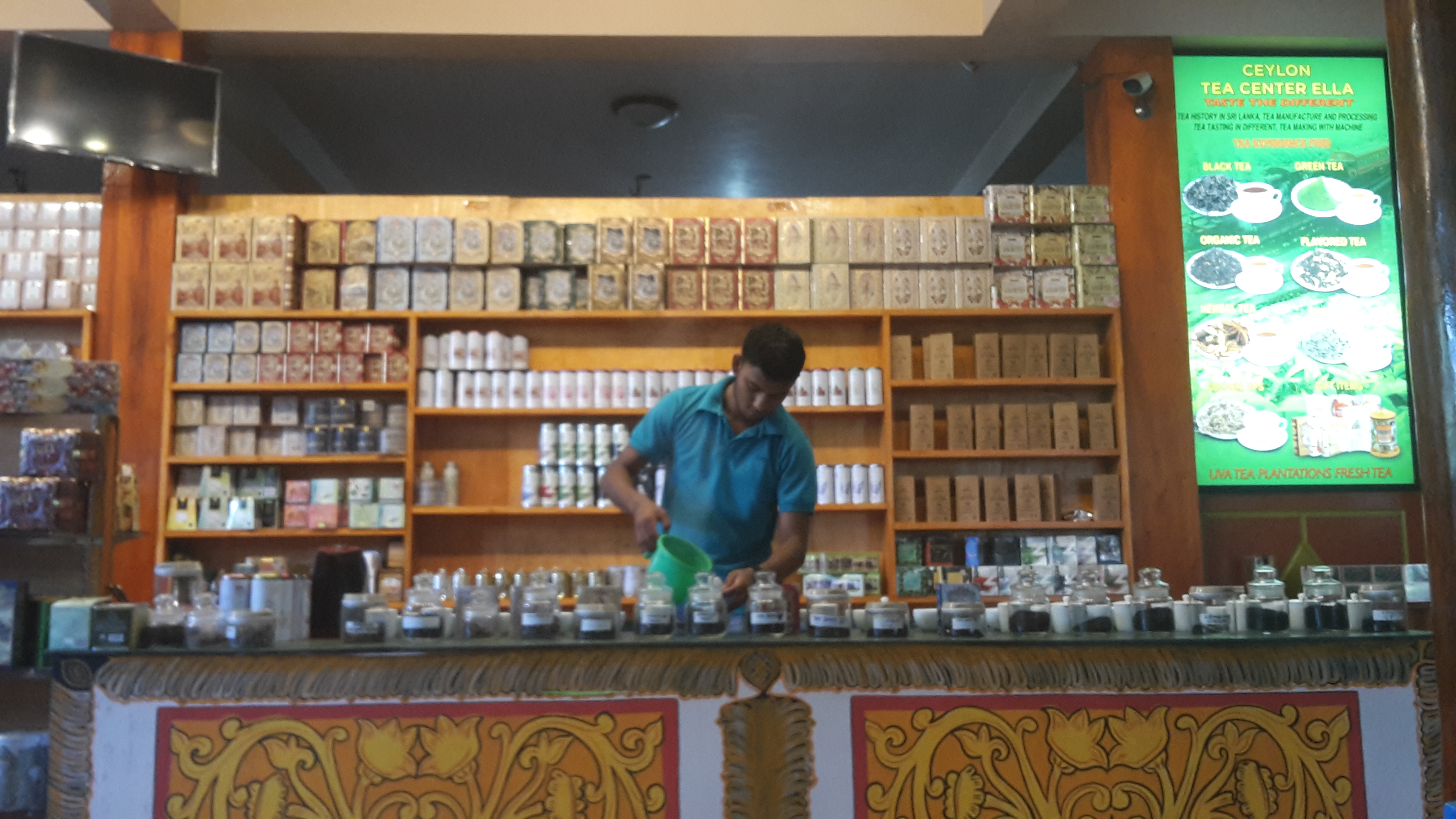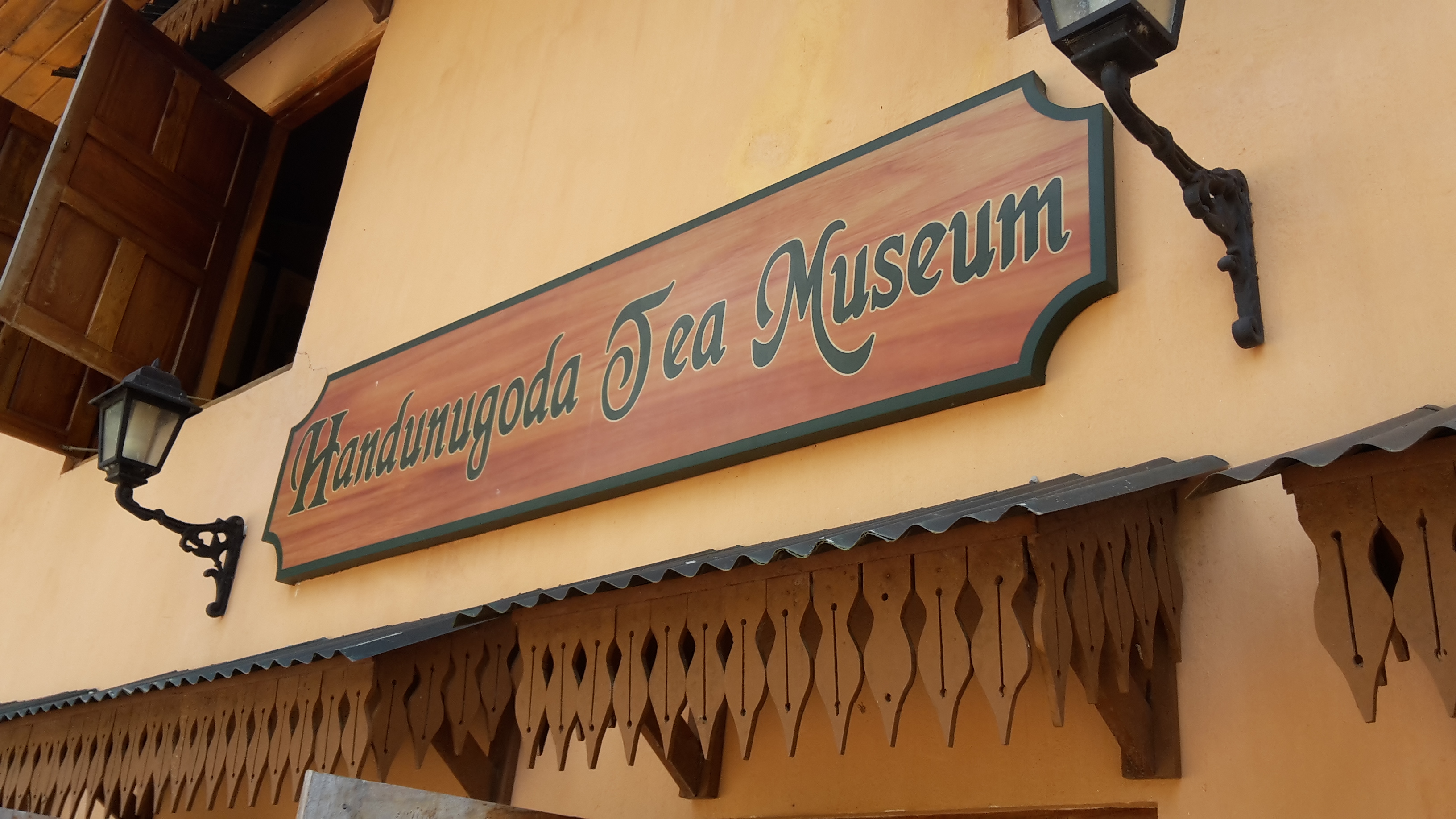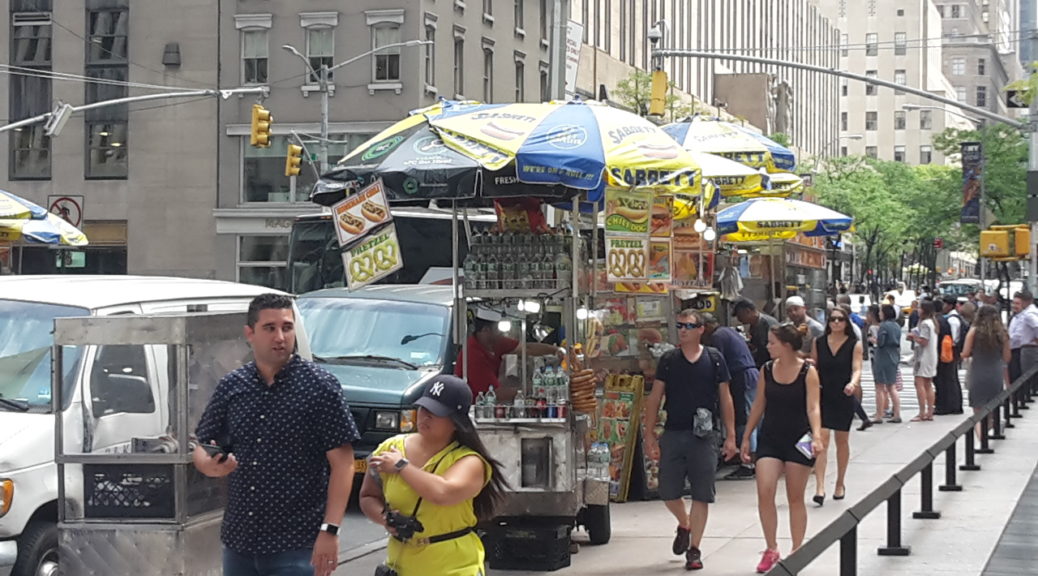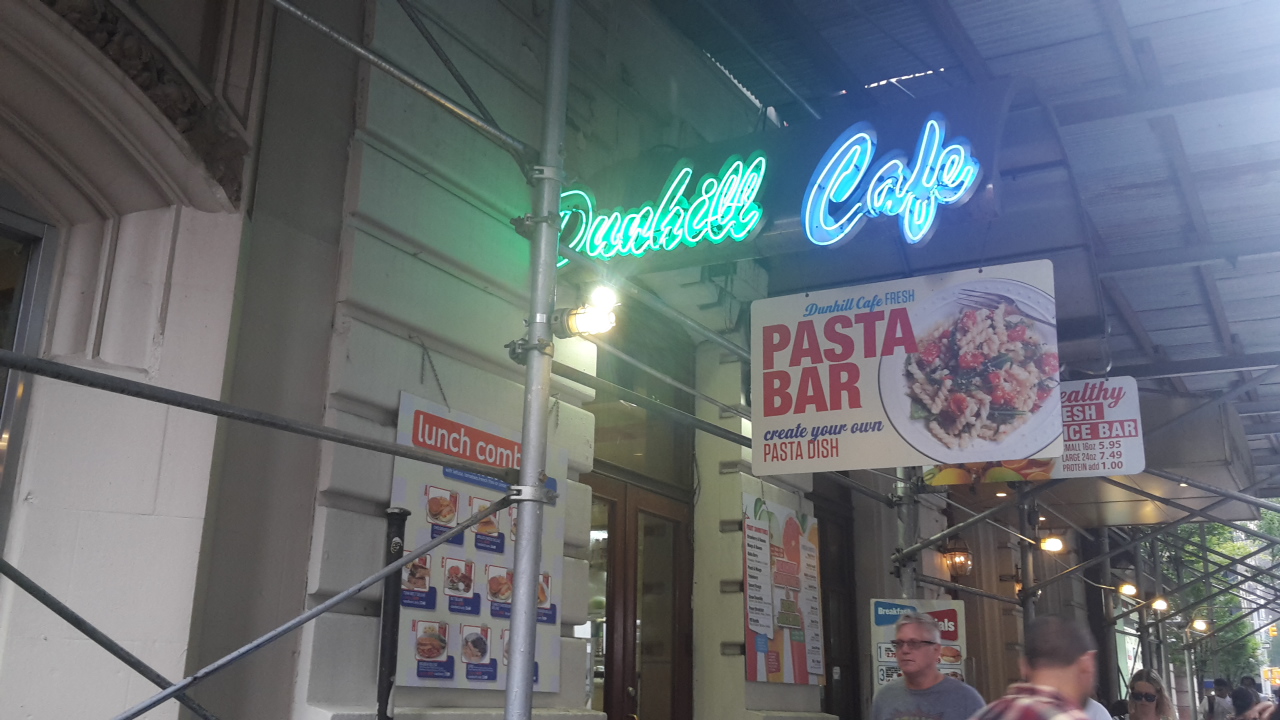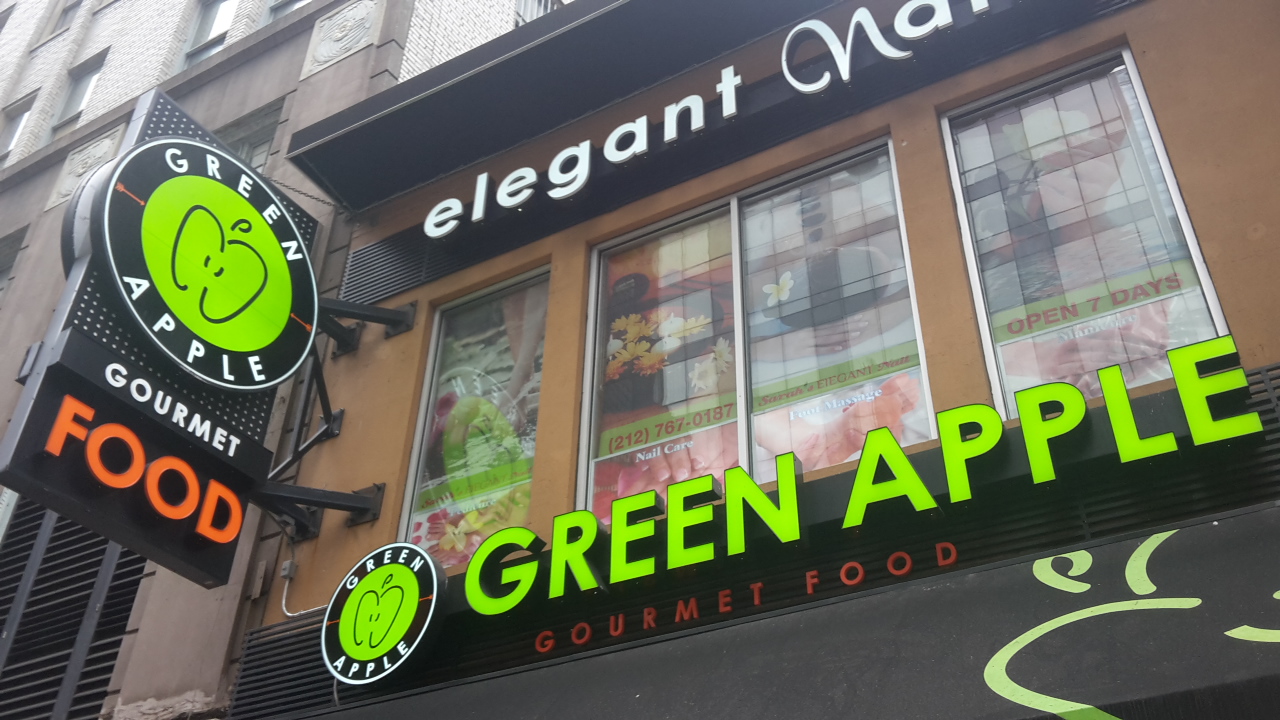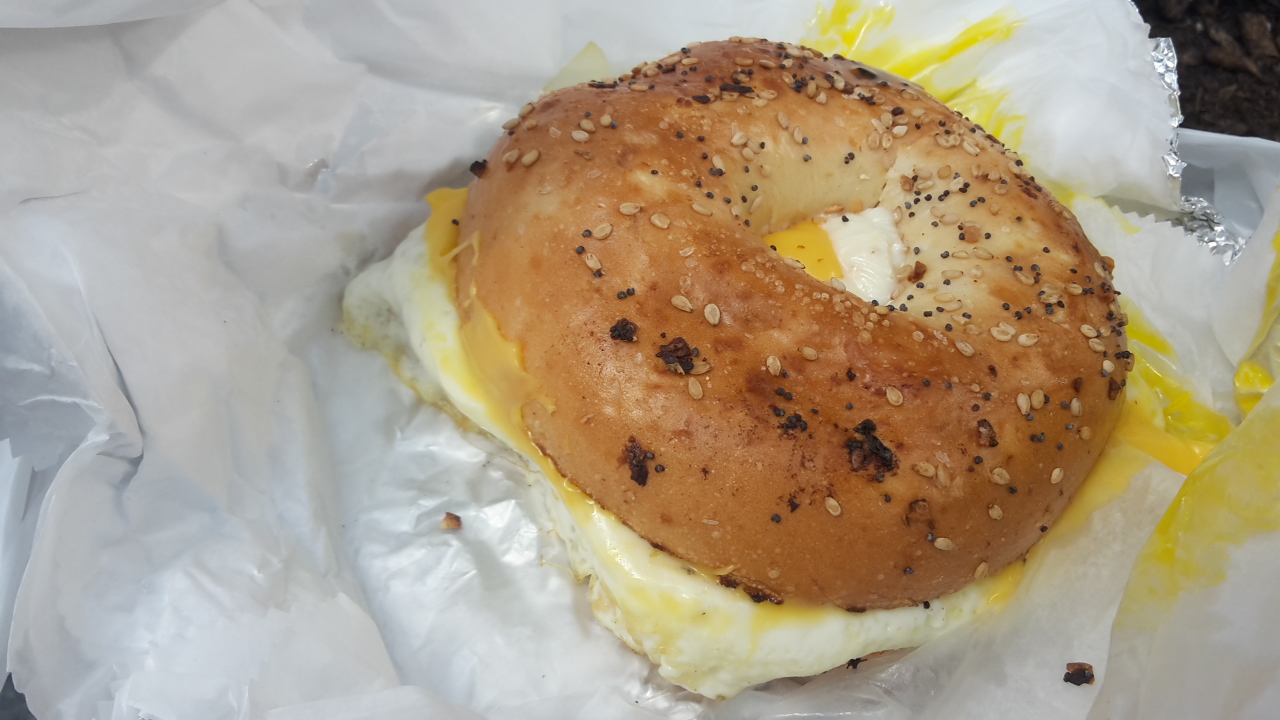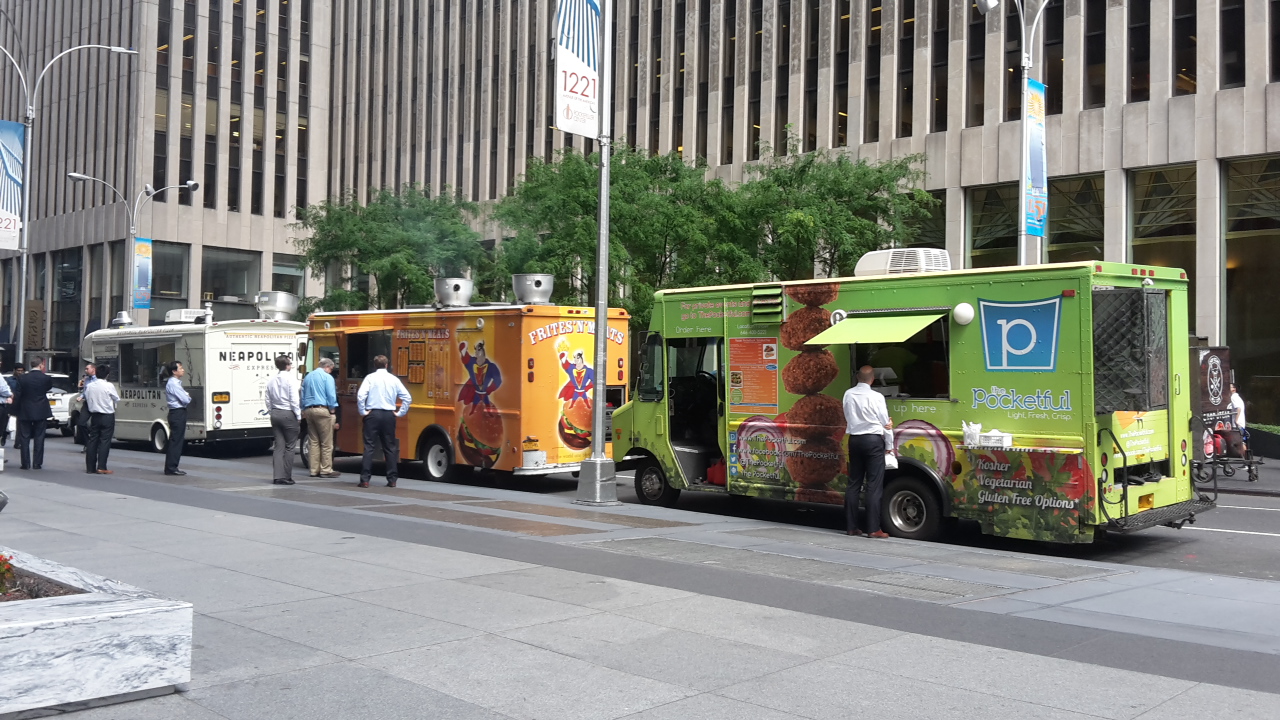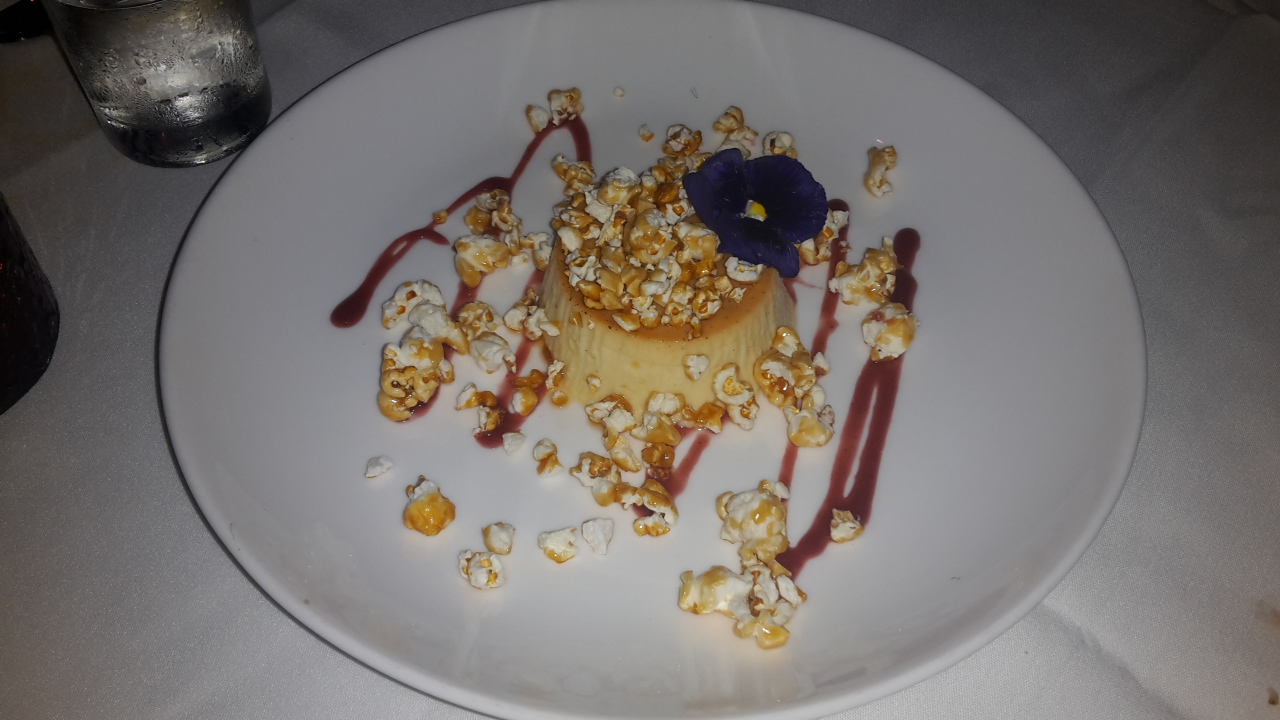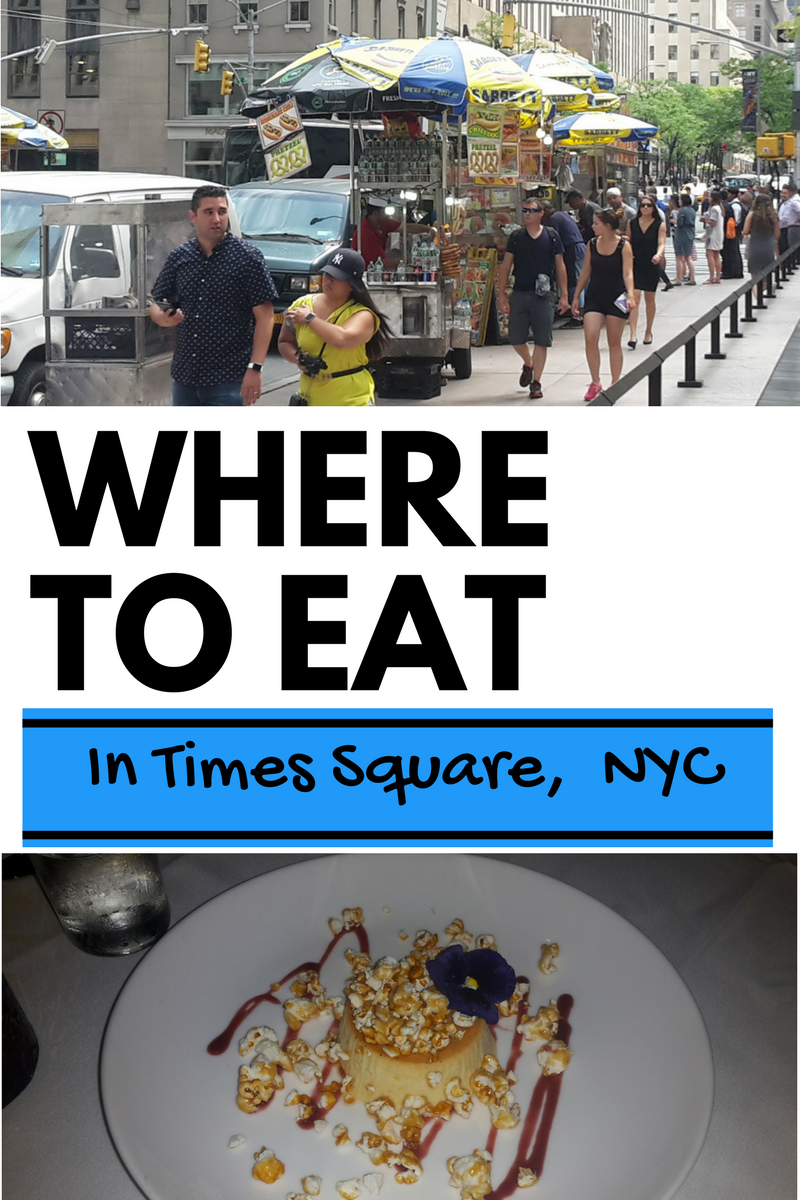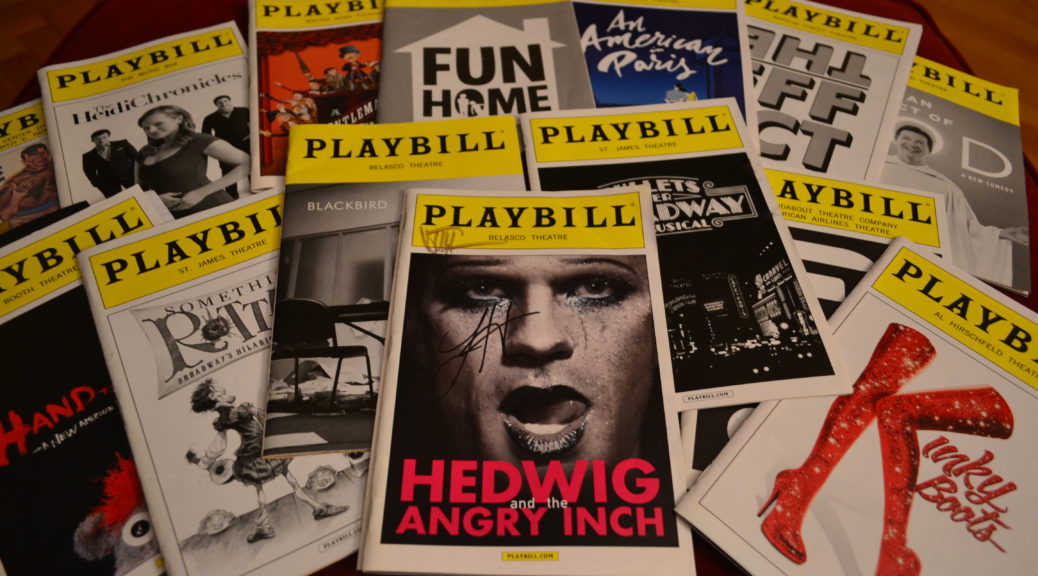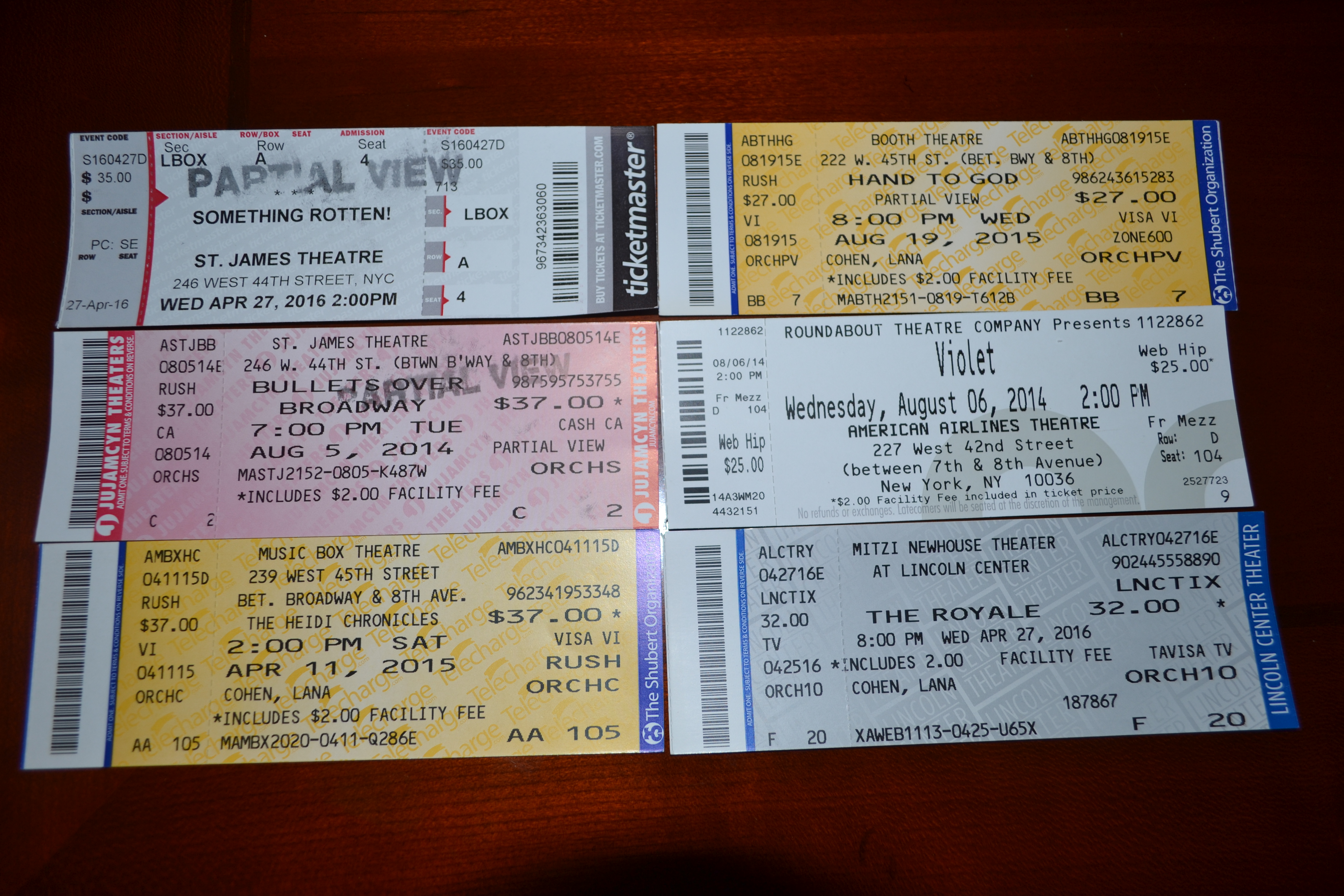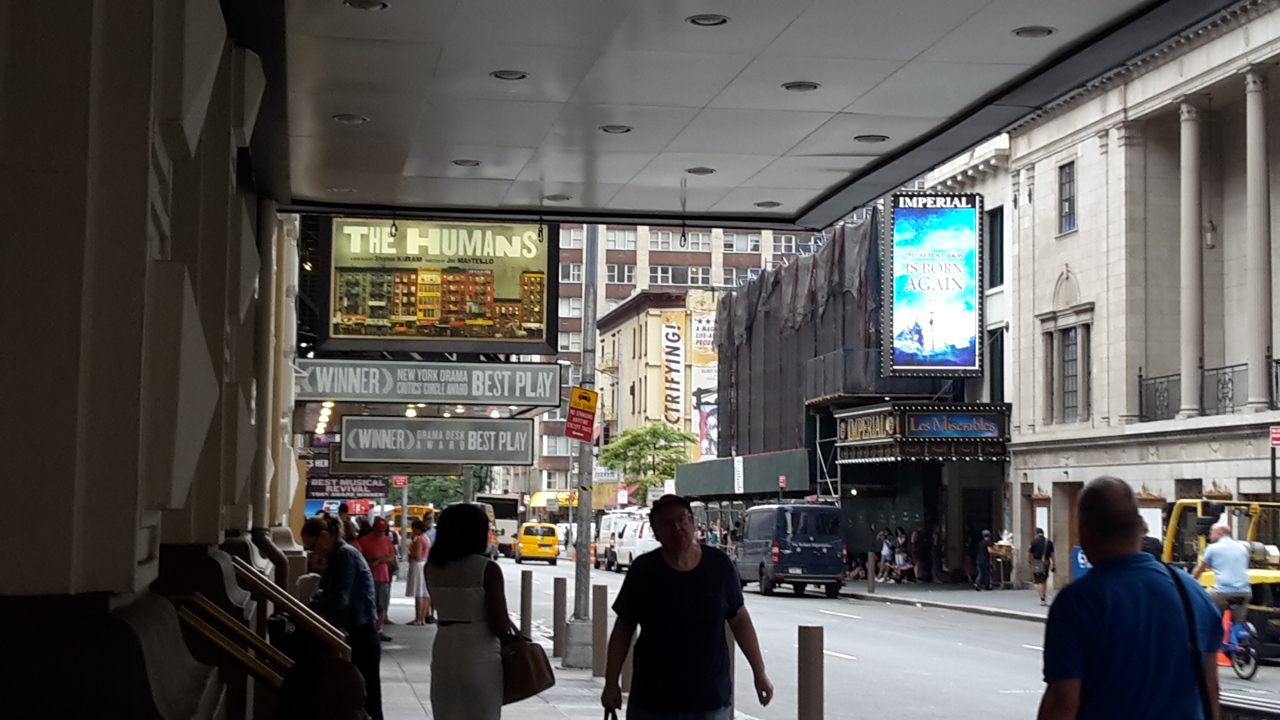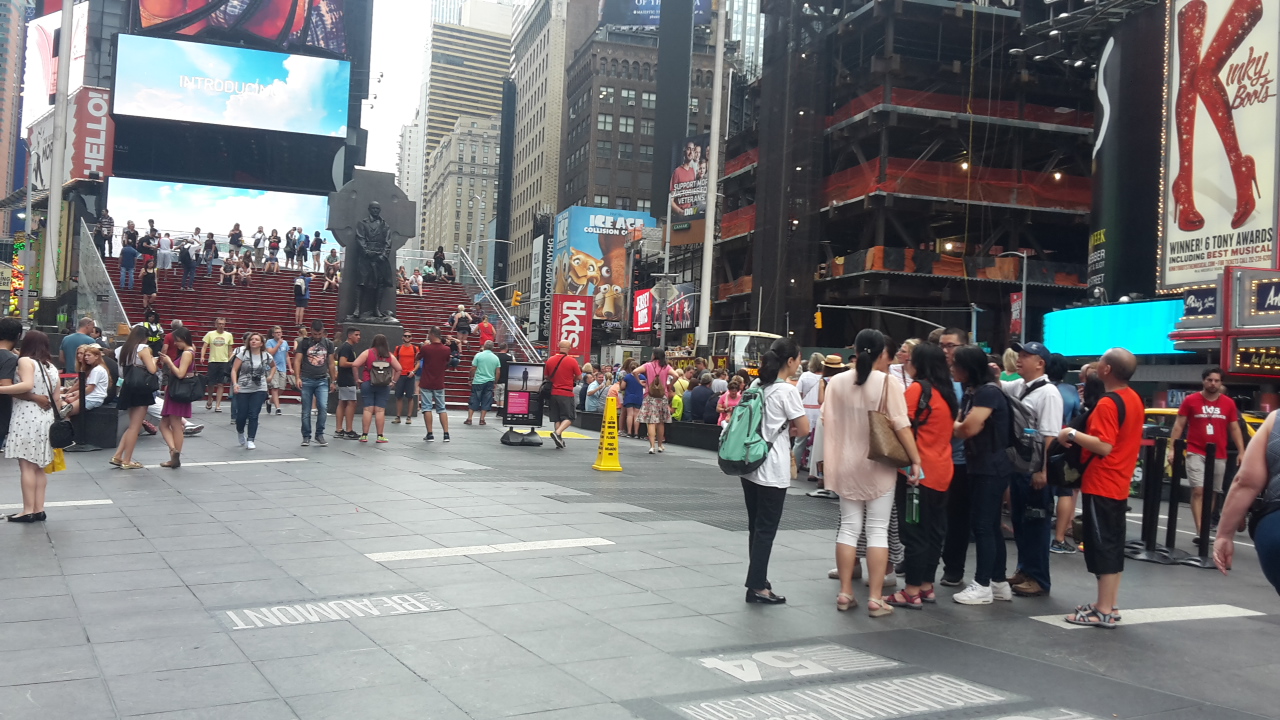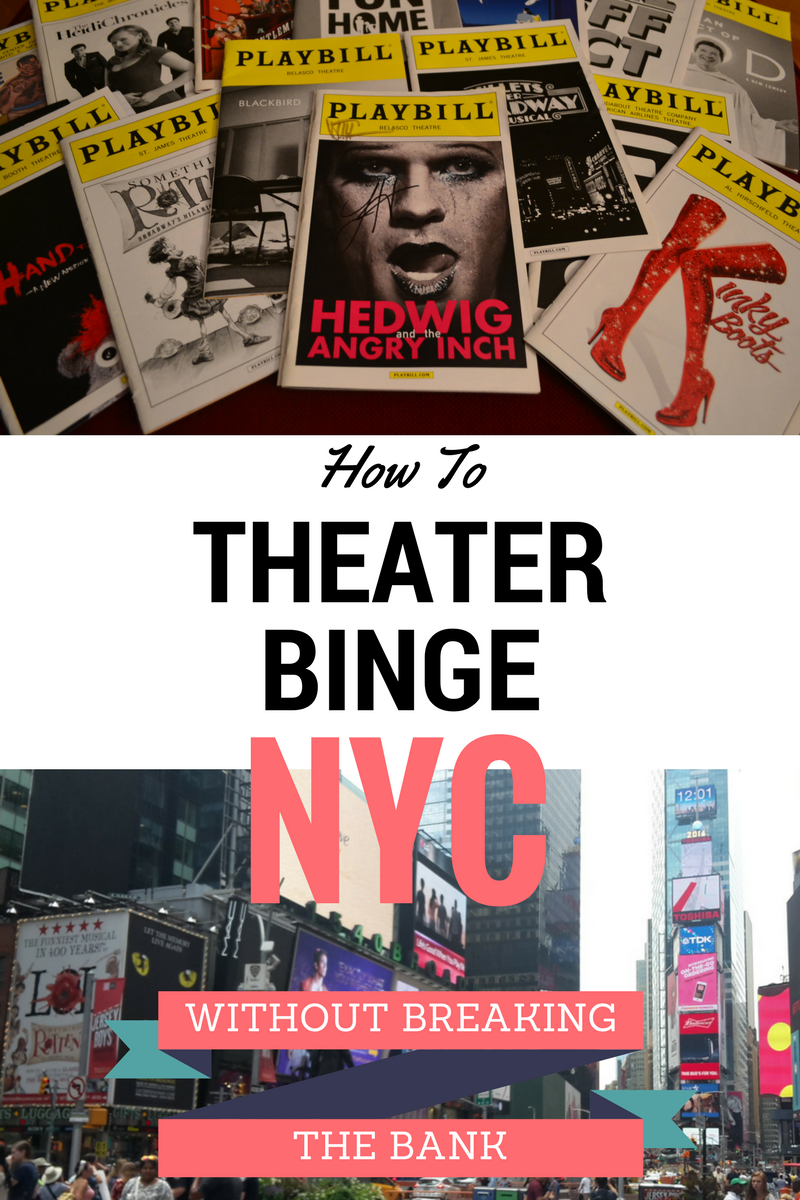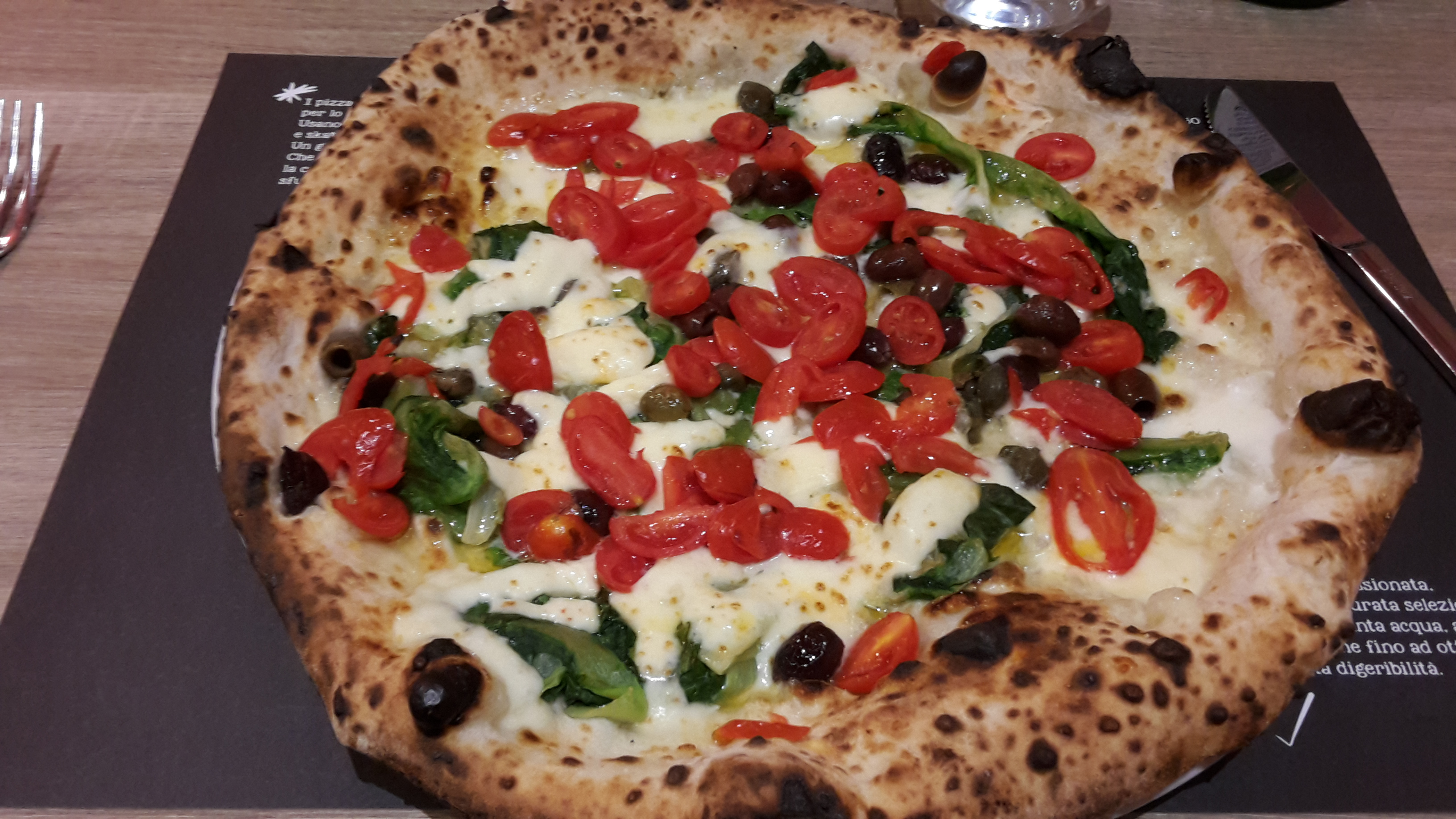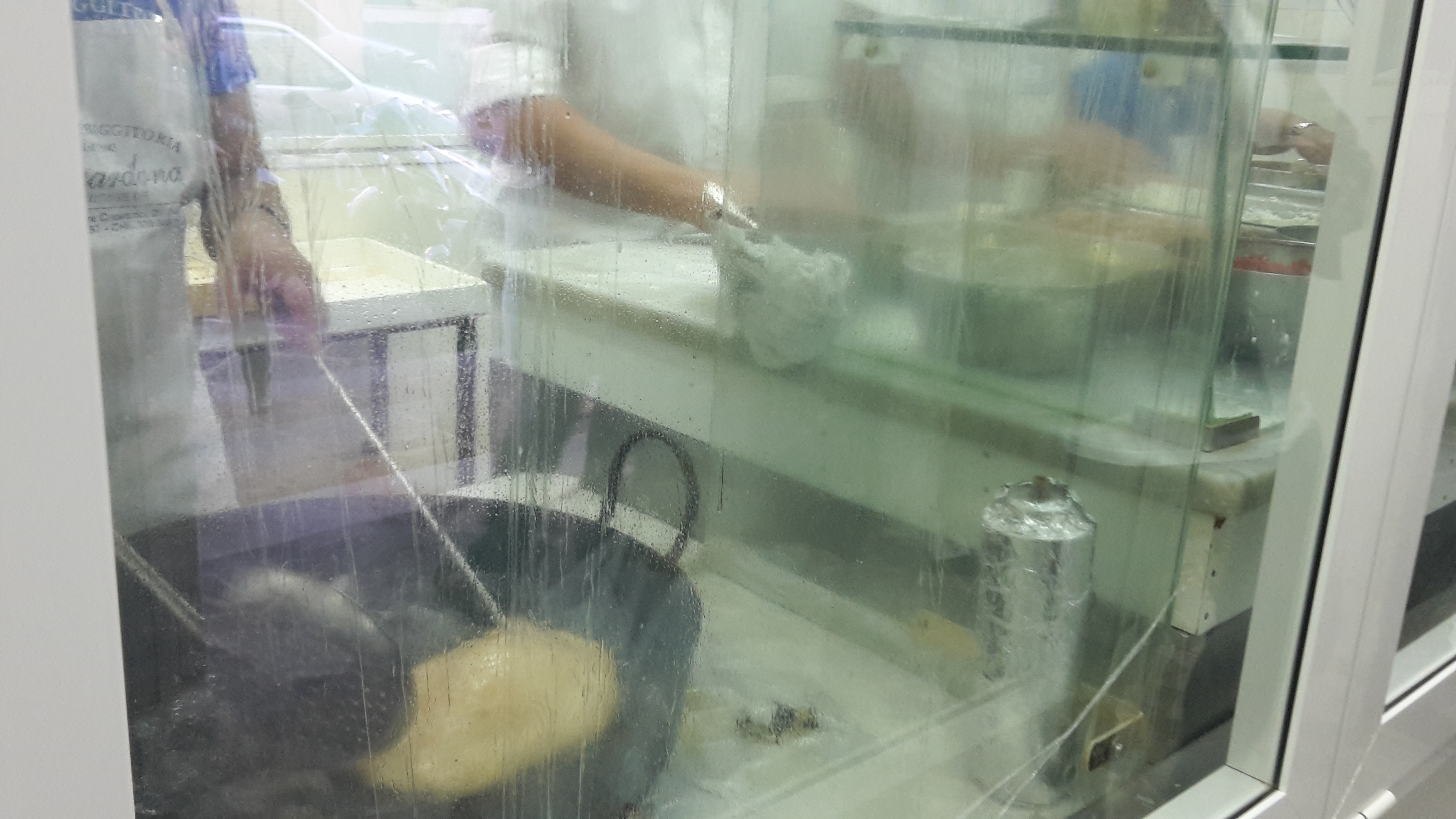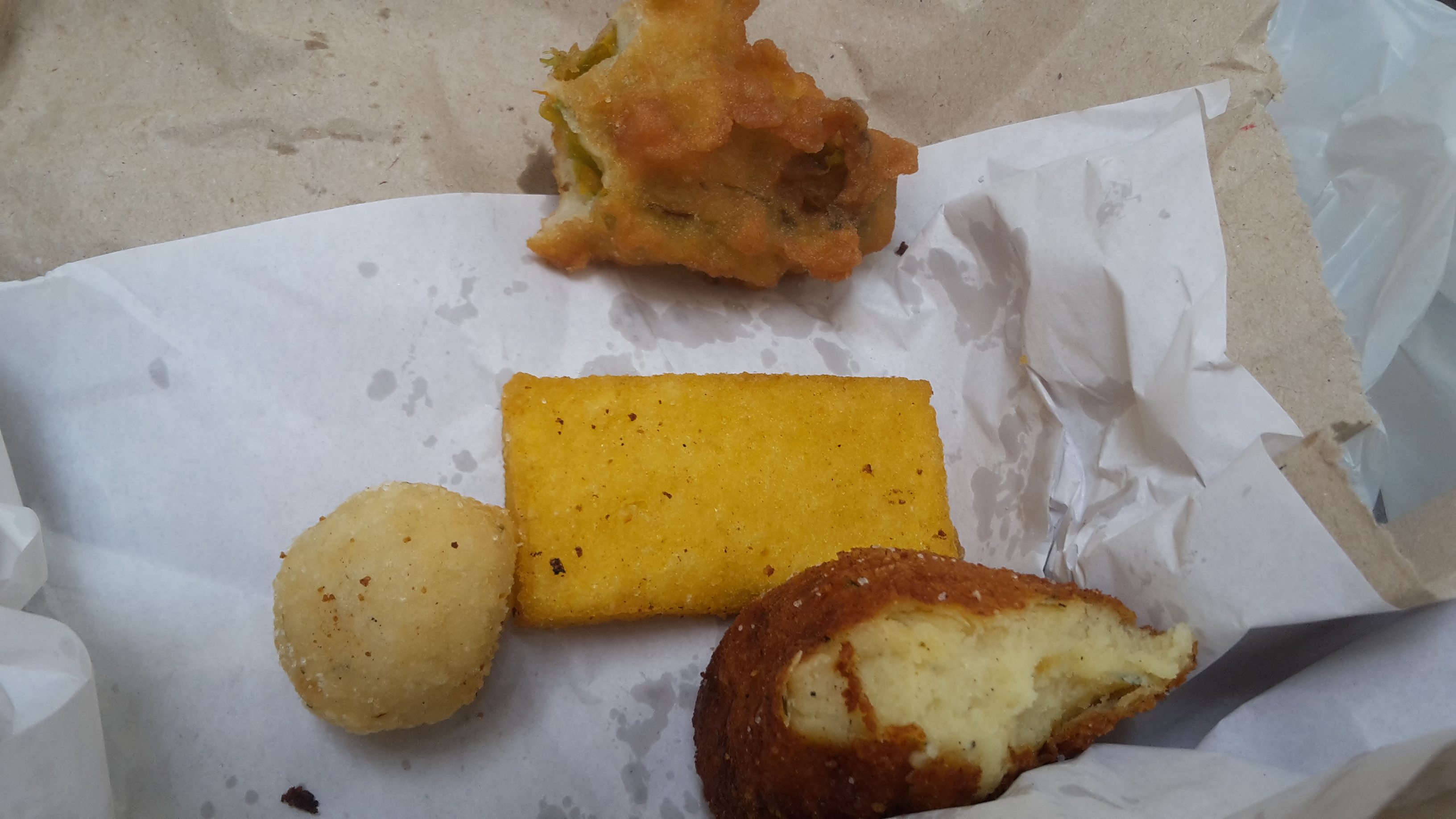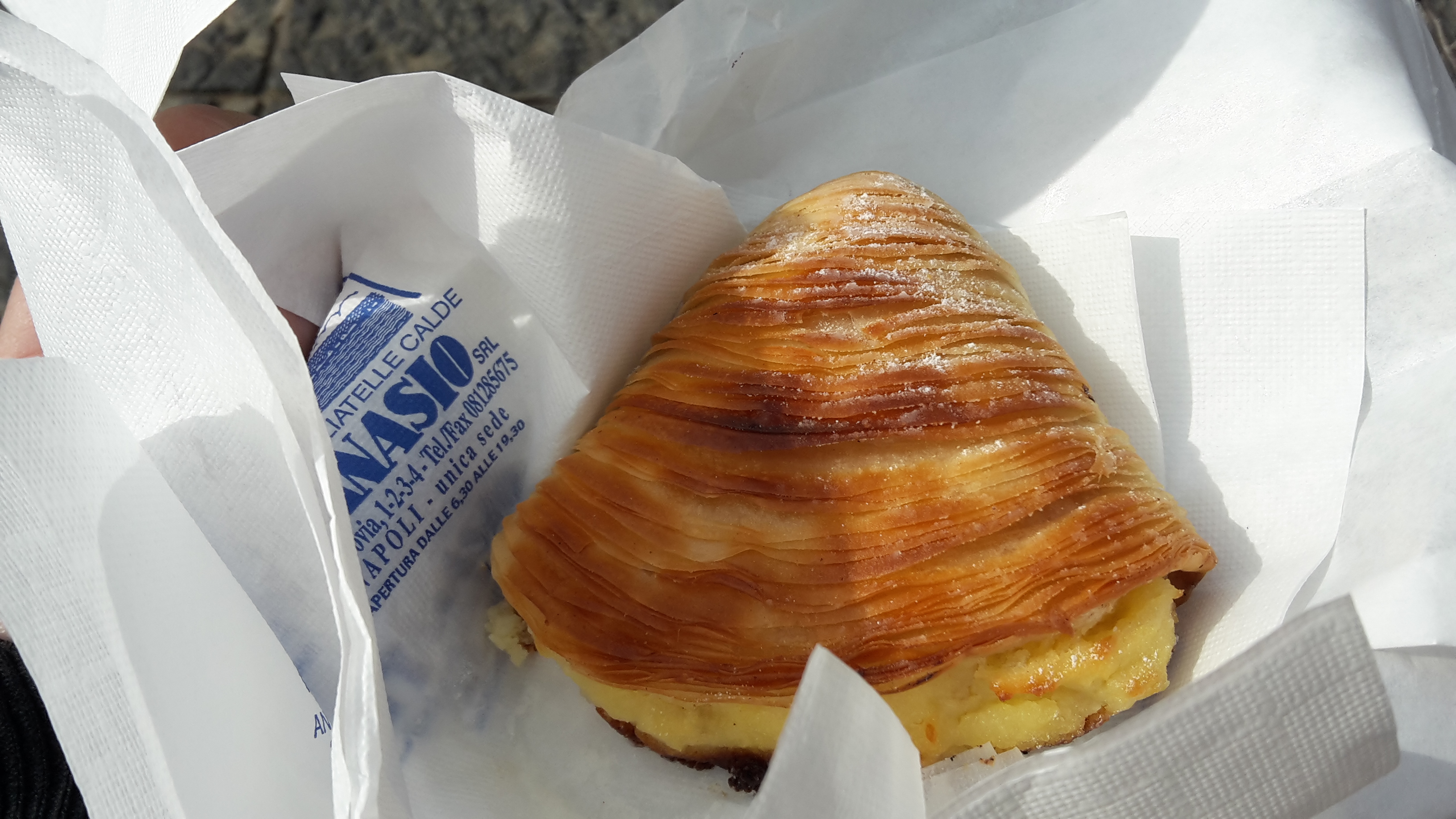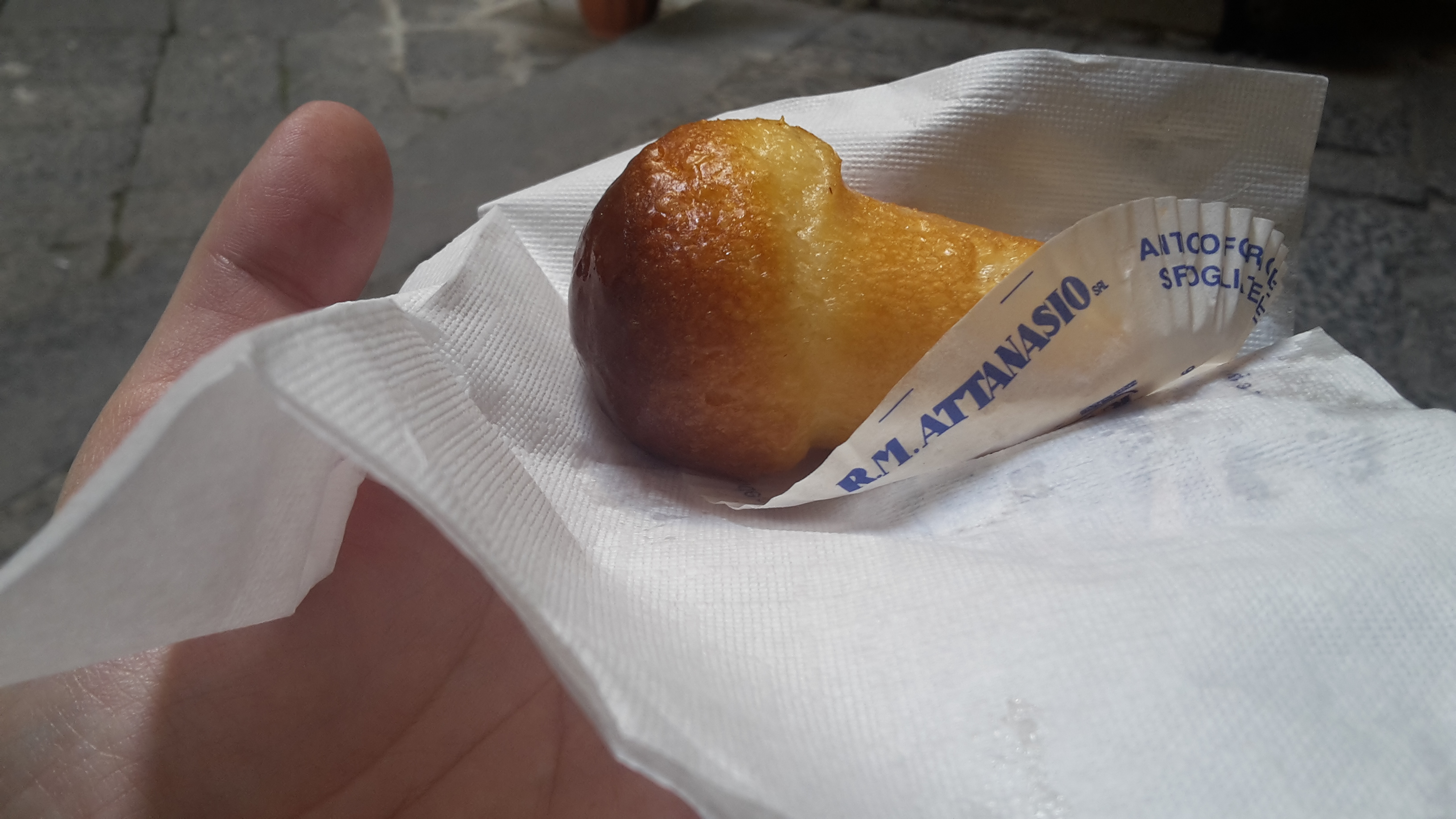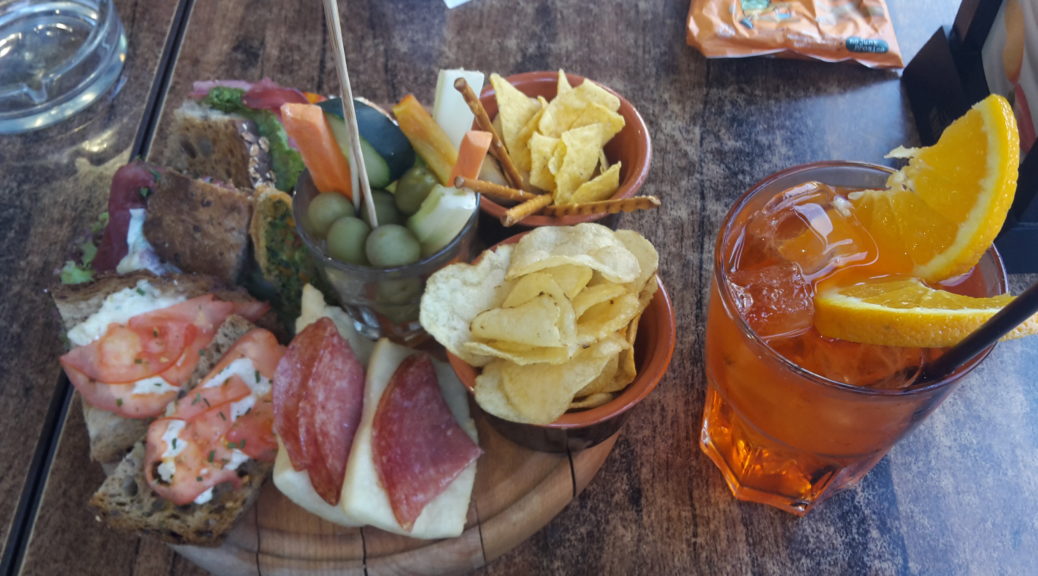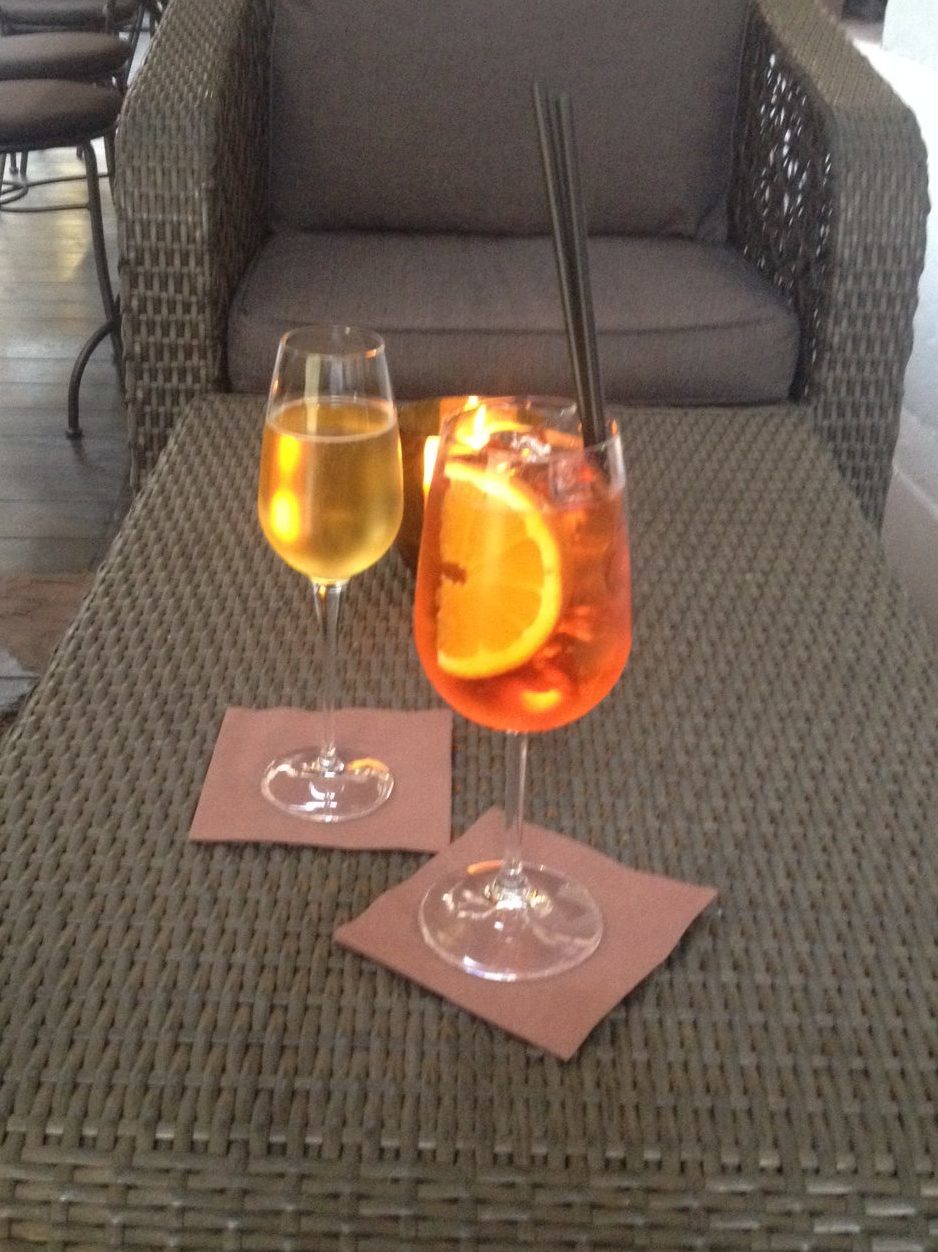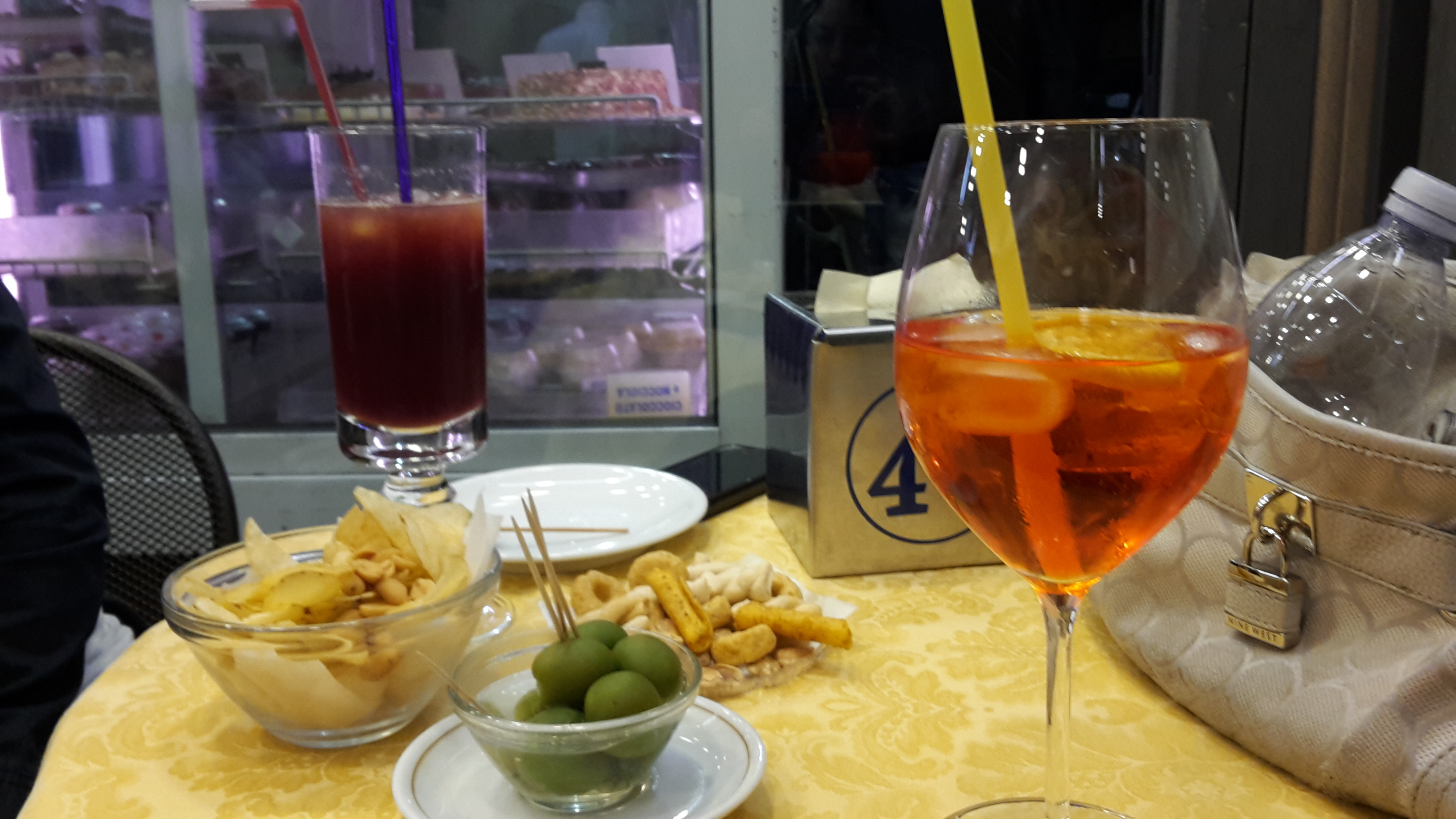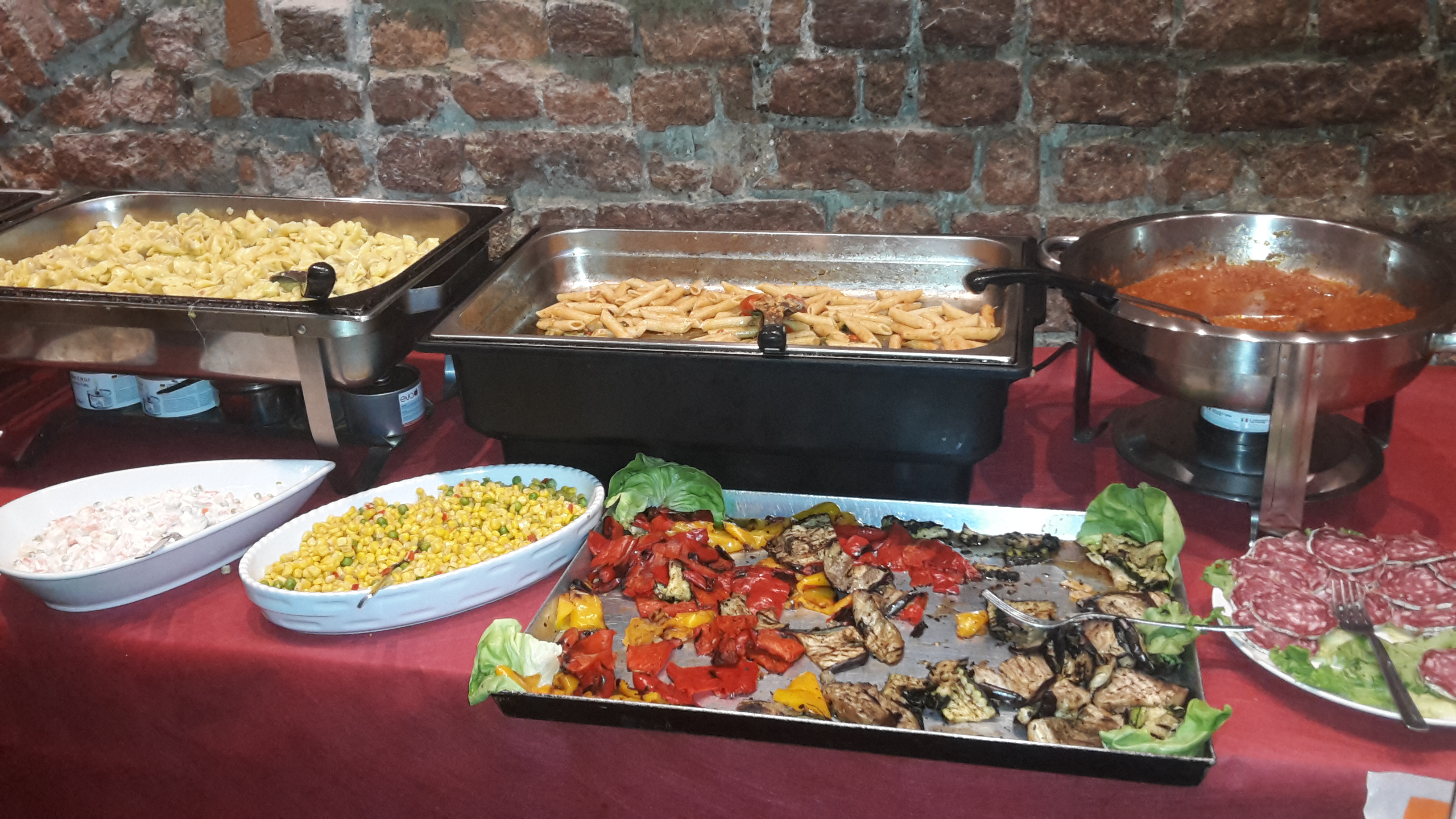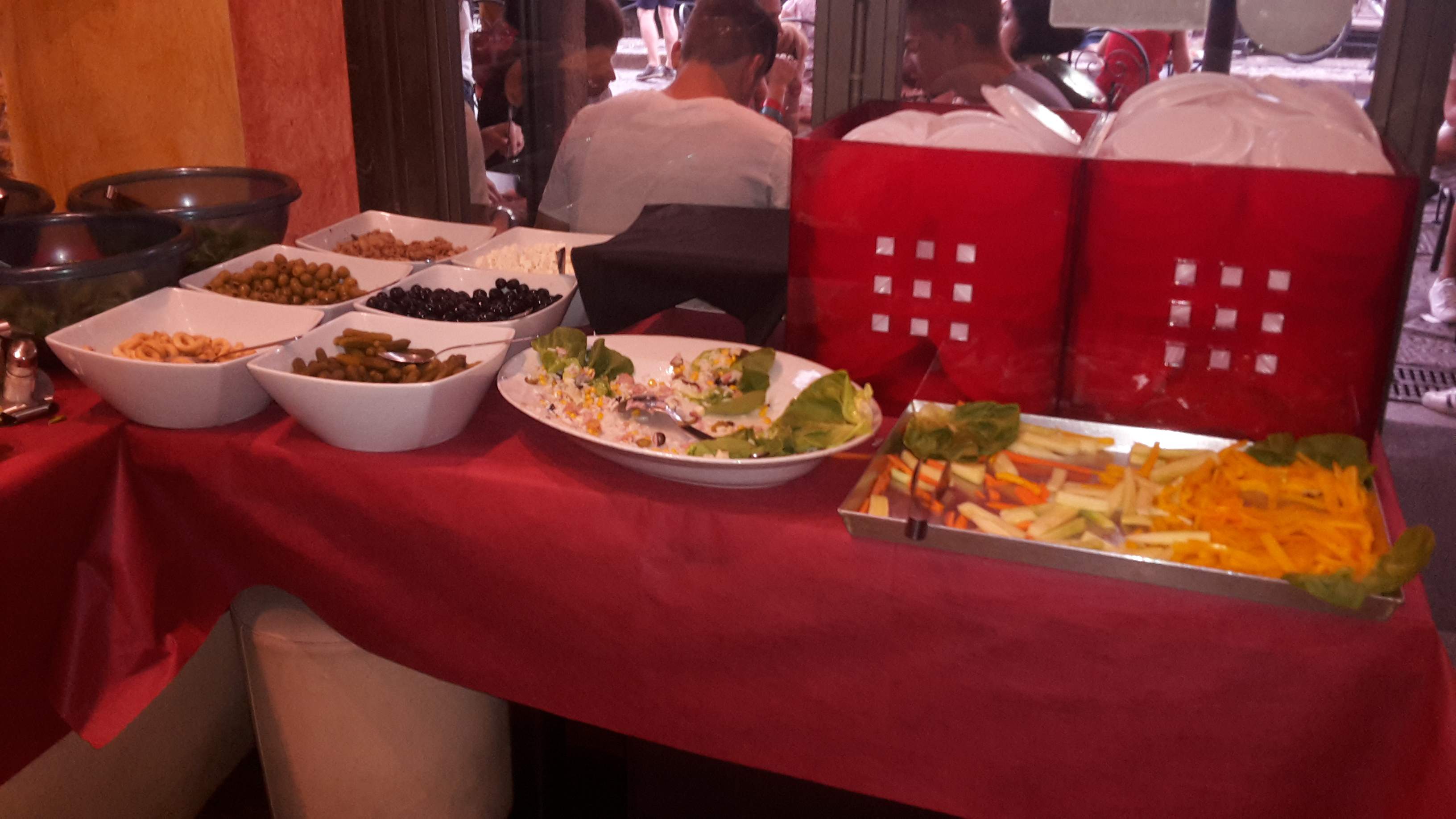
10 Commandments for Visiting Venice
Every time I’m in Venice, I feel like I am seeing visitors who arrive unprepared. Situated on an archipelago of many nearby islands with canals and waterways in between, Venice is a different kind of city than the ones you’re used to back home. Here are my Commandments for Visiting Venice, to make the most of your time in the city:
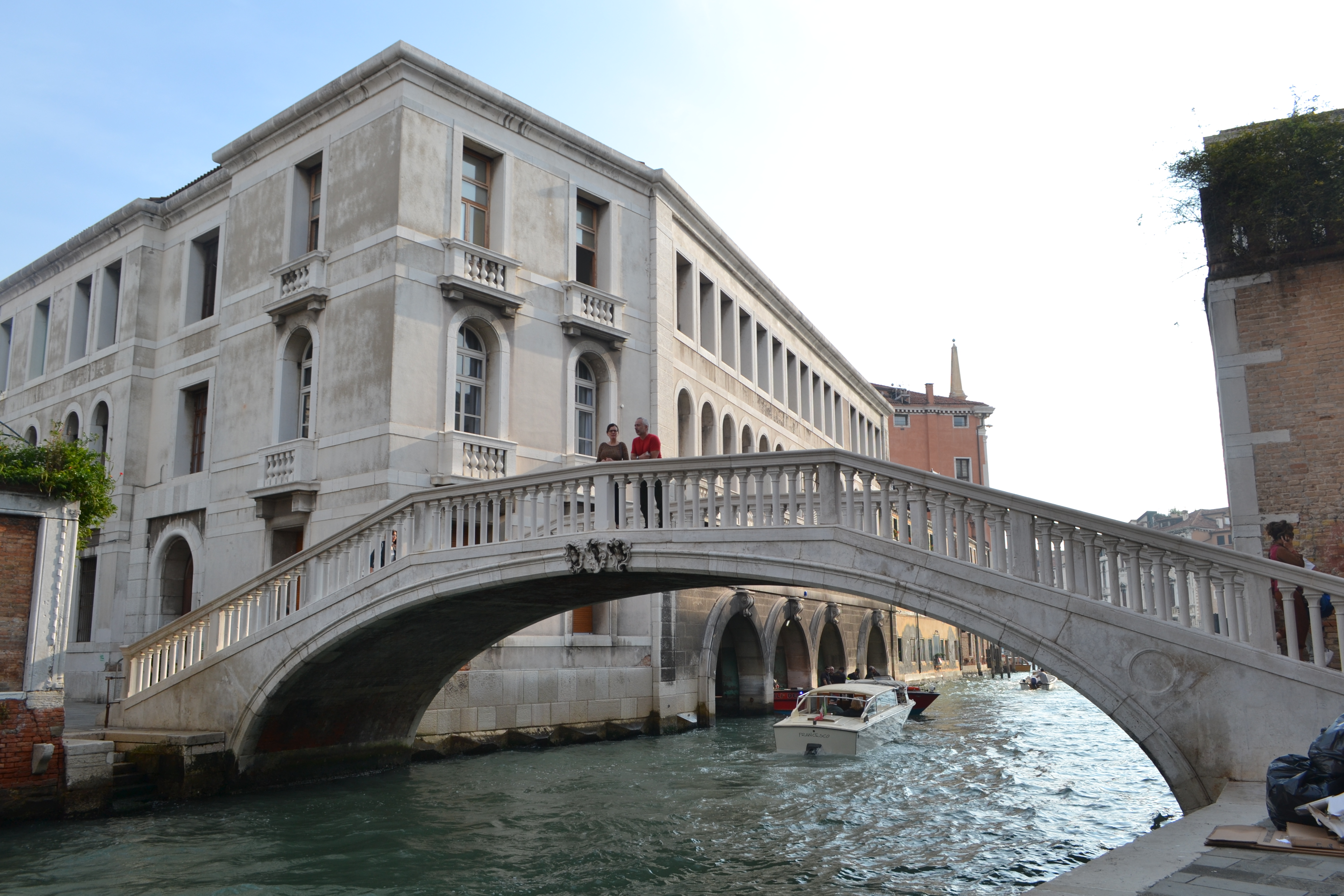
- Get ready to climb some bridges. Yes, you know that Venice is a city of islands, but you may not have thought about what logically follows – there are a ton of bridges connecting the various parts of the city. A 10-minute walk could easily involve 5 bridges to cross. And since all of the waterways have active boat traffic, the bridges typically involve a series of steps up one side and then down the other to allow enough room underneath for the boats to pass.
- Leave your wheelie bags at home. If you formed a mental picture of how many stairs you’ll be climbing up and down as you traverse Venice’s many bridges, you’ll understand my strong recommendation that you leave your wheeled luggage at home. Plus, when there’s not a bridge to cross, the streets tend to be cobblestone, which is not fun for you – or for your bag. Although rumors a few years back of a ban on wheeled suitcases are not true, it’s still wise to do without.TIP! If you must bring large luggage on wheels to Venice, stay somewhere that is a short walk or direct vaporetto (public transit boat) ride away. Even the hotels just opposite the train station involve crossing one of the taller bridges, so if you must bring a wheelie bag, stick to the same side of the train station or boat stop for your accommodation.
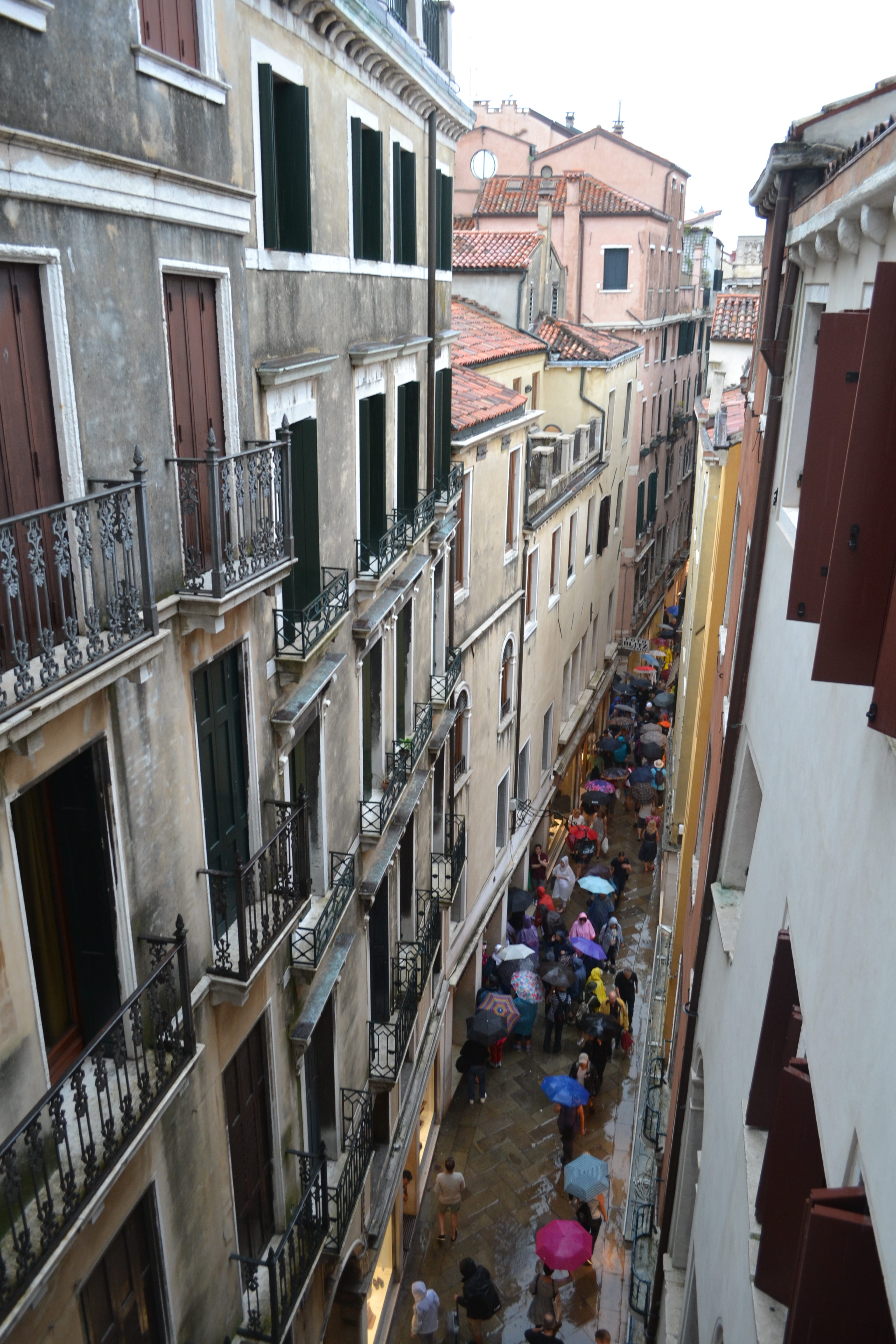
- Getting anywhere will take at least twice as long as you expect, especially on foot. People walk slowly in Venice, and many “streets” are just narrow passageways with no room to pass. There is not always a bridge where you’d like one, especially across the Grand Canal. It is also hard to navigate around Venice, so you may end up down a dead-end street or try to walk along the water’s edge only to discover that the path ends abruptly and you’ll need extra time to backtrack to your route.
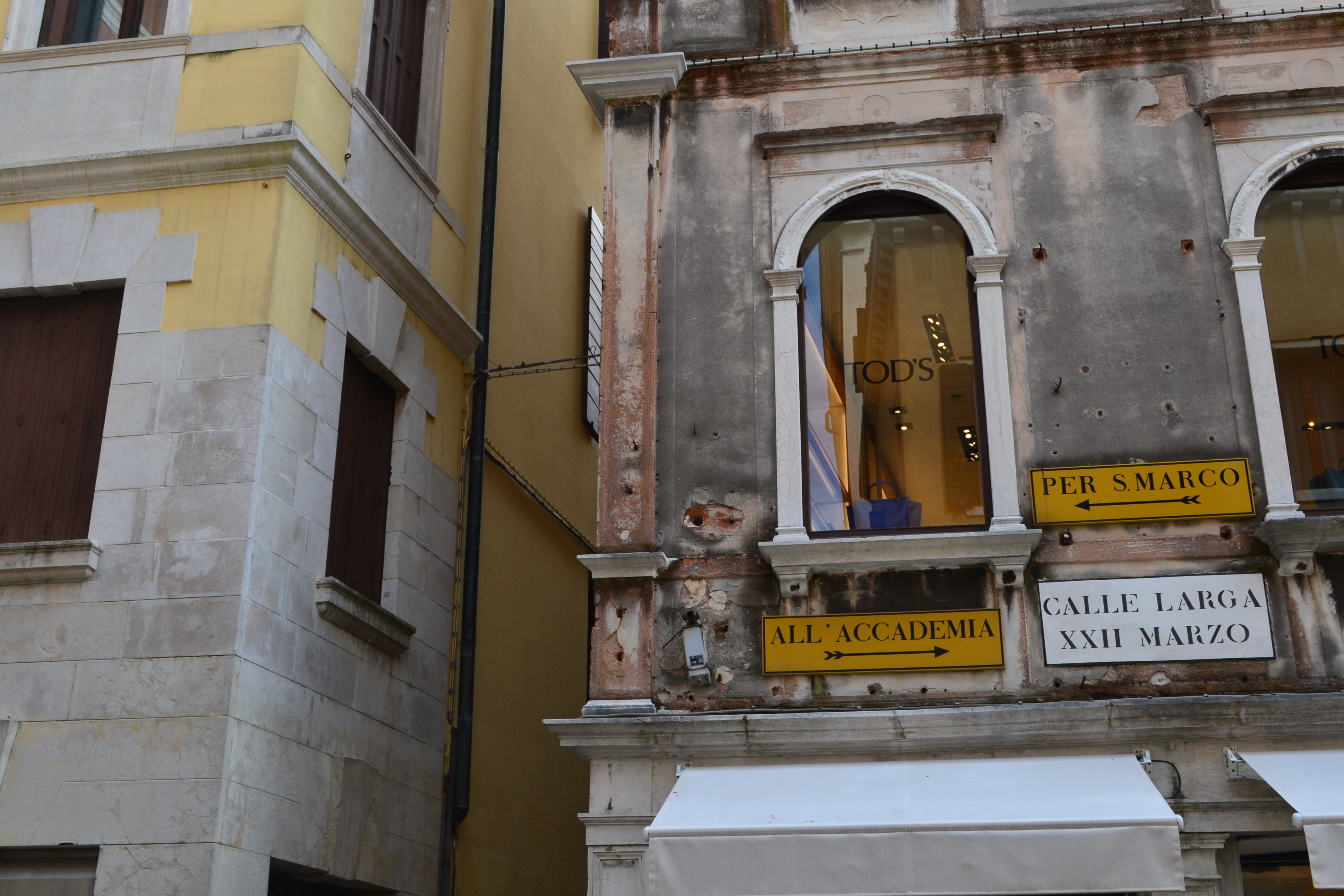
- Keep an eye on the signs. I remember while preparing for my first trip to Venice that one of the guidebooks suggested wandering to Saint Mark’s Square as a recommended activity. Then when I arrived, there were large signs everywhere I turned saying “Per S. Marco” with an arrow pointing the way. While this makes it harder to “wander,” these signs are your friends when it comes to navigating! Nothing will slow you down more than every minute or two stopping foot traffic to check your phone or try to make sense of a paper map. It will speed up your walking time immensely if you know which way you’re headed and use the signs to guide you.TIP! Even if you’re going somewhere else, know which of the places on the typical street signs are in the same direction you’re trying to go. The most common signs will be for: S. Marco (Saint Mark’s Square), Rialto (the Rialto bridge), Accademia (art museum, but *also* indicates the location of the other main pedestrian bridge across the Grand Canal besides by the train station), Ferrovia (the train station), & Piazzale Roma (the bus station).
TIP! The signs don’t appear every block, but once they indicate a direction, keep walking that way (including over bridges) until you see the next sign.
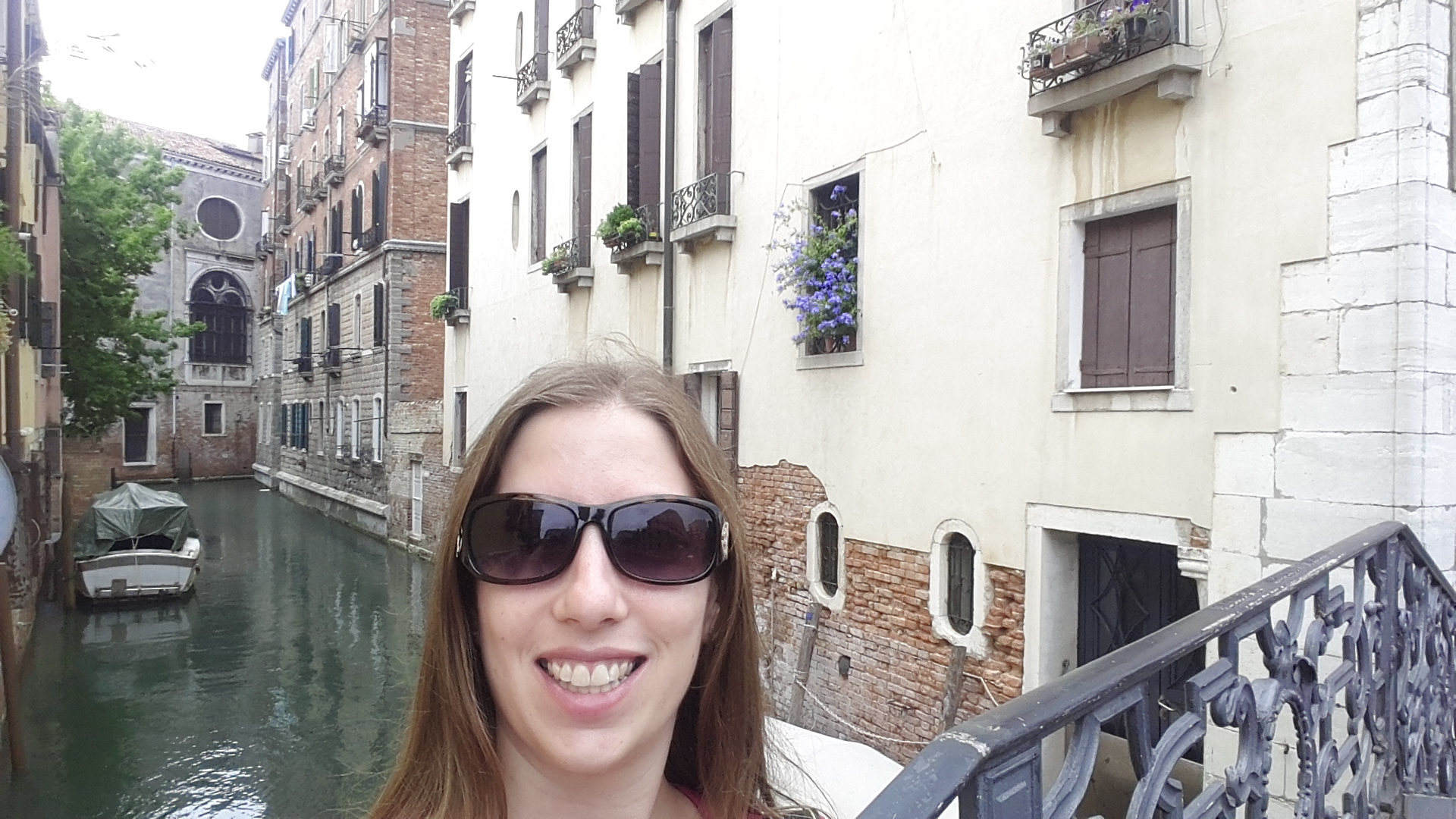
- Explore areas off the beaten path. No, I don’t mean the famous islands when I say this. The main islands that form Venice have plenty of neighborhoods away from the most popular tourist attractions, and this is a great way to get a feel for the city and its people.
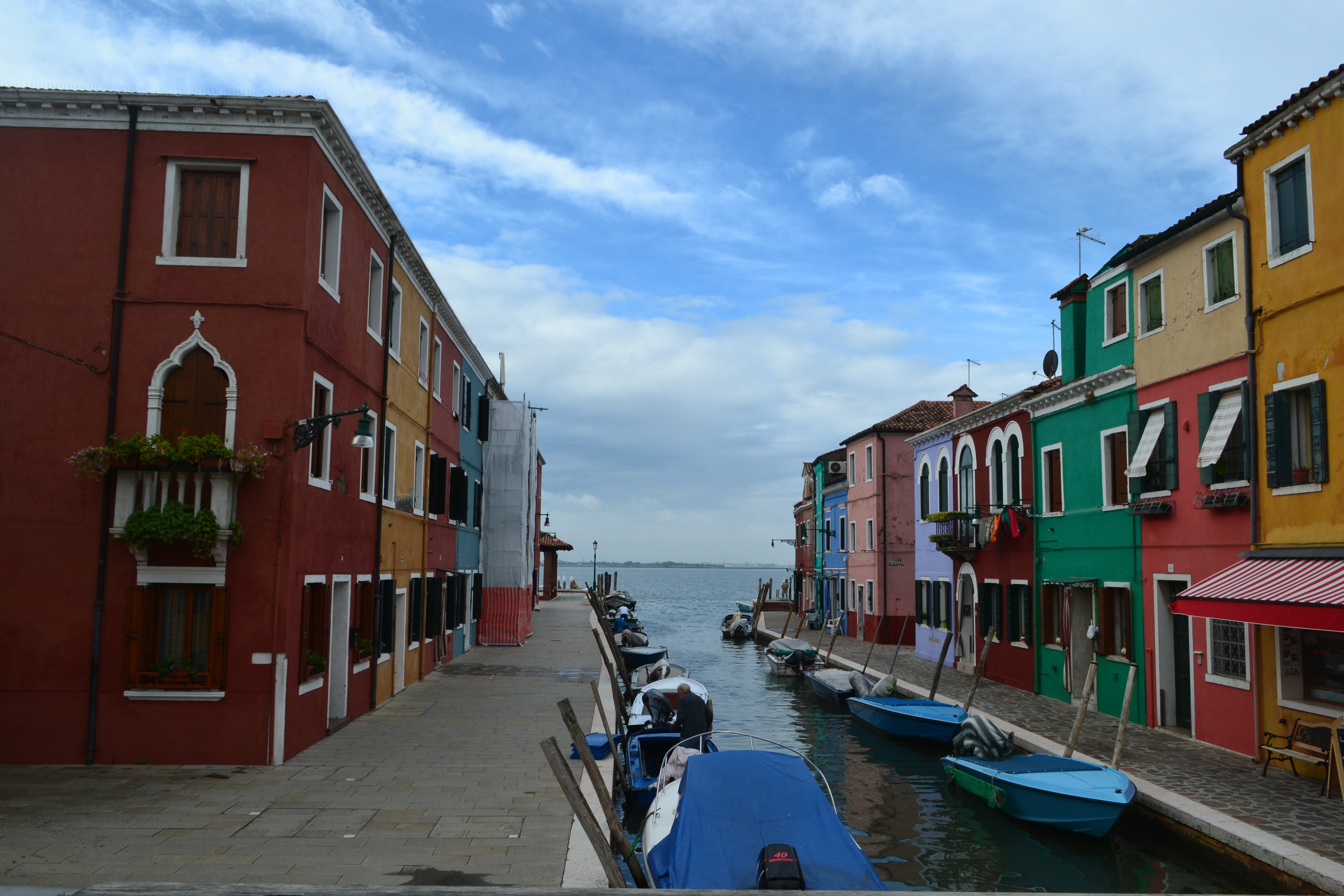
- That said, visit at least one island away from the main section of Venice. Lido, Giudecca, and Murano are the closest islands, while Burano and others are a longer boat ride away. Not only is it great to get a view of the main section of Venice from the water, each island has its own flavor that will give you a fuller picture of the city overall. And some islands are known for their local crafts (like Murano for blown glass and Burano for lace and its colored houses) that you can explore through various museums and shops when you visit.
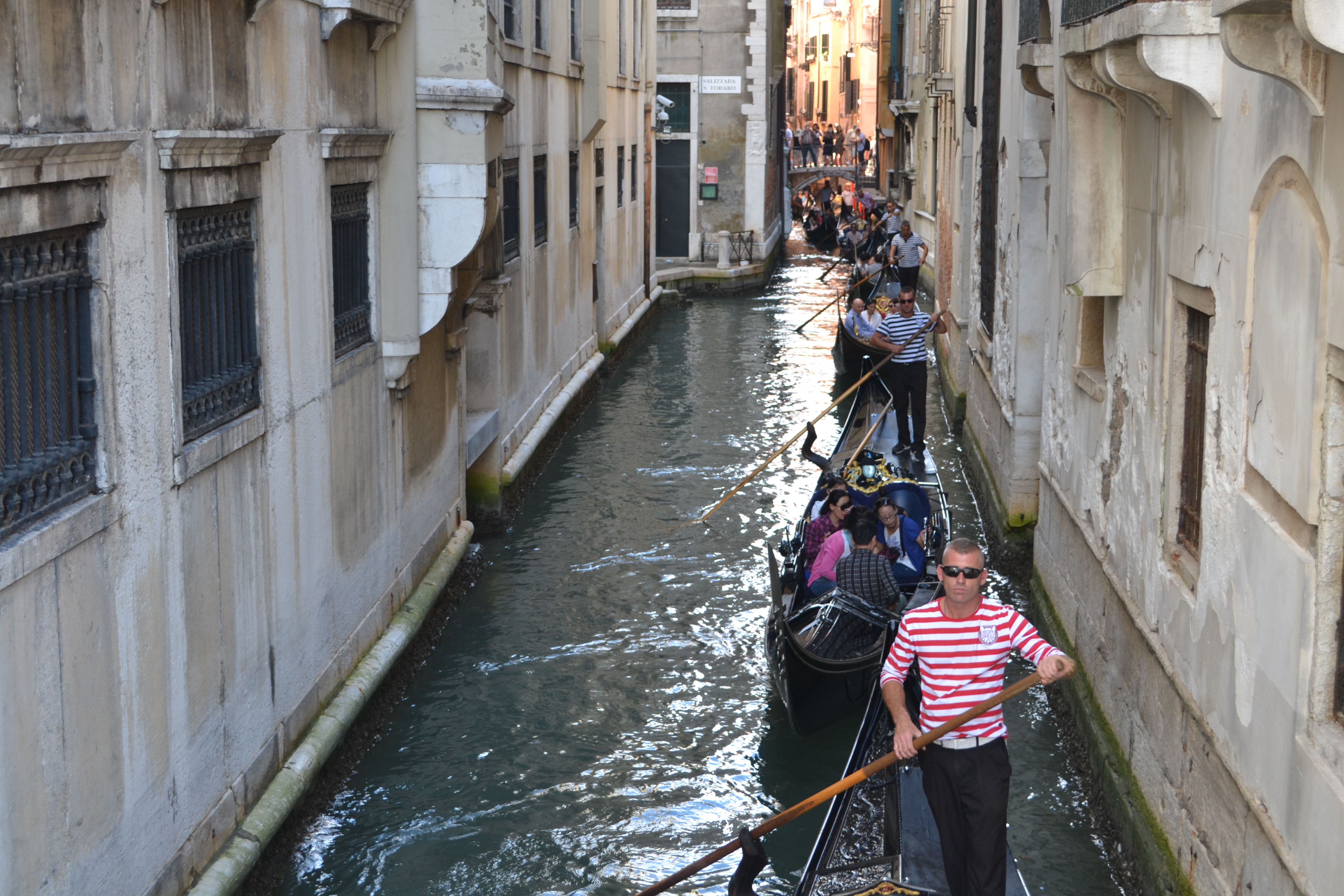
- Take a boat ride. Besides walking, the most budget-friendly (and fastest) way to get around Venice is often the vaporetto, which is the pubic transit boat. An individual ride is pricey, but the single-day and several-day passes are good value – decide which one is right for you before you arrive.Many people also come to Venice with the romantic notion of a gondola ride. If this is non-negotiable for you, by all means do it. However not only is this quite expensive, but gondolas are restricted to certain routes and there’s basically a continuous line of gondolas one after another in a bit of a traffic jam, so you are not likely to get the romantic seclusion you may have envisioned.
There are also a few alternative options. First, ride the vaporetto. You may find that the experience along the Grand Canal or traveling to one of the islands (see #6 above) gives you enough of a view of Venice from the water that you are satisfied. You can also at some point take a taxi boat, for example back to your hotel after dinner and a long day of walking around. Or, for the tour experience, while the gondolas are too tiny to go in the Grand Canal, for a similar price you can get a private boat hire (different from a taxi) that can give you a bit of a tour and private ride along Venice’s largest waterway.
- Eat like the locals. There are some lovely seafood restaurants and fancy Venetian fare to sample – and you should. But if you really want to eat like a local, take in an early evening drink with some Venetian tapas, cicchetti. Never heard of them? Check out my post on the best spots in Venice to sample cicchetti.
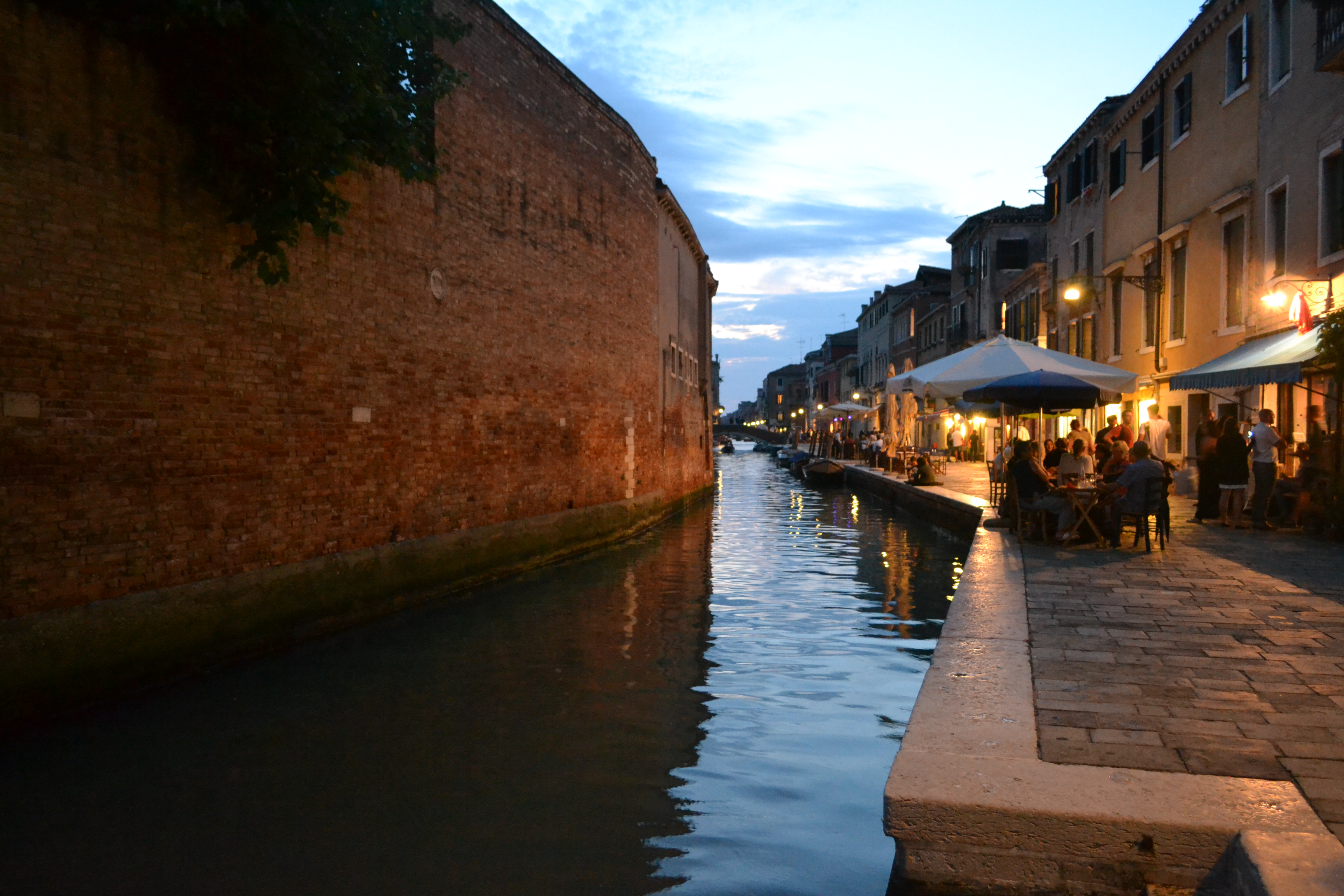
- Follow the Italian. No, I’m not suggesting that you stalk someone. But do listen for the places where you hear Italian spoken, or where the locals are congregating. This is your best indicator for a spot worth checking out.
- Chat up the Venetians. Whether this is the person working at your hotel, a server at dinner, or the friendly person pouring wine with your cicchetti, you can always get the best feel for a place from the people from the city. There have been some protests lately against the tourist influx and a campaign to ban large cruise ships, so engender some goodwill by showing genuine interest in the local opinion and experience, even if it’s as simple as taking a recommendation for a local’s favorite glass of wine instead of sticking to the one name you recognize on the list. Even with the recent protests, Venetians are curious and friendly if you’re respectful of local tradition and willing to open up.
- Be spontaneous and enjoy! Okay, so this is a bonus one, but also important. Most visitors to Venice have a short amount of time to spend in the city, and jam pack an itinerary filled with museum visits and timed activities. Some of the best experiences I’ve had in Venice have been ones I couldn’t have planned in advance (like an art exhibit I saw a poster for and then visited, or a side street that led straight to a stunning view of the Grand Canal), so leave time in the schedule for spontaneity – you won’t regret it!

